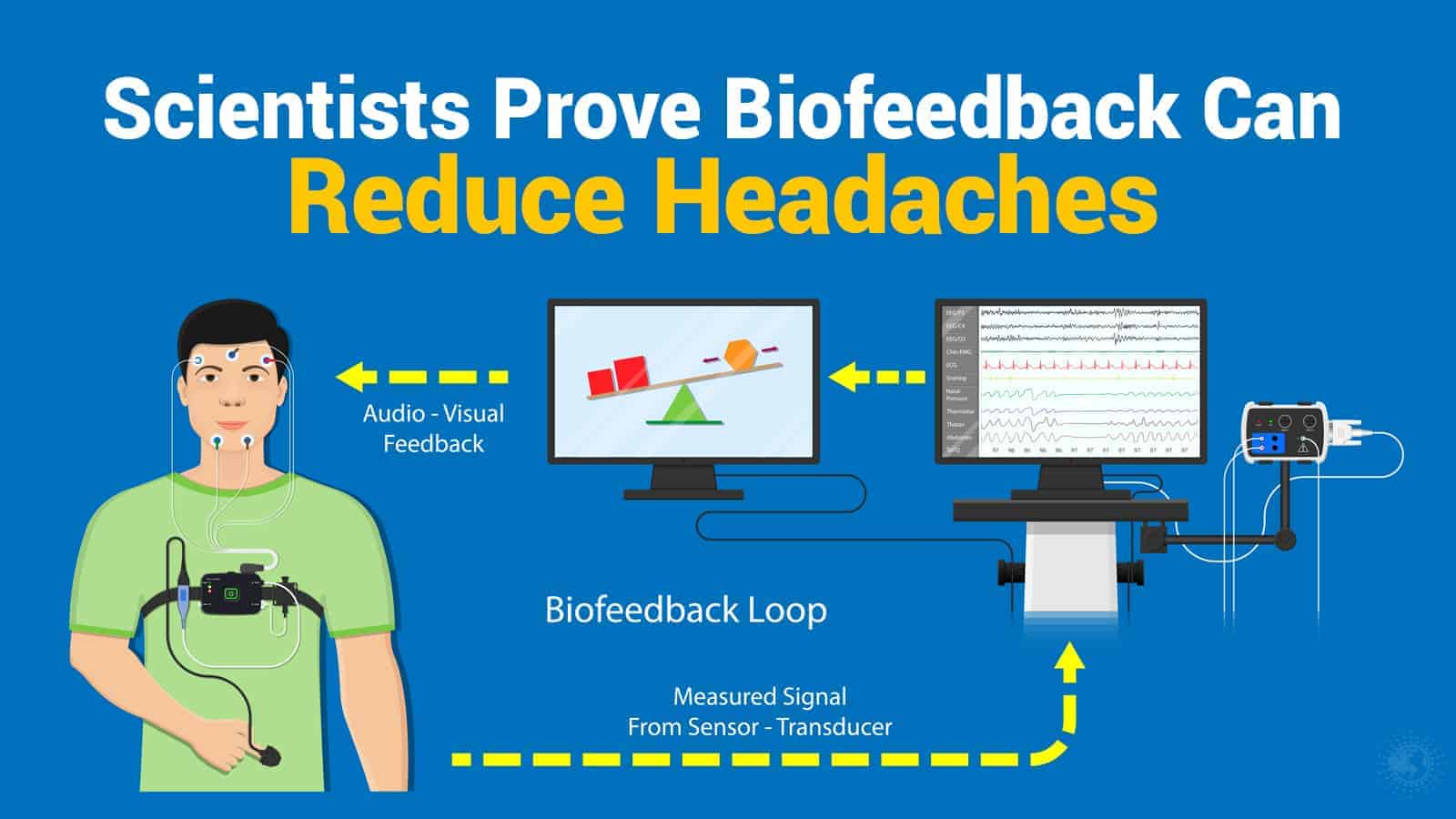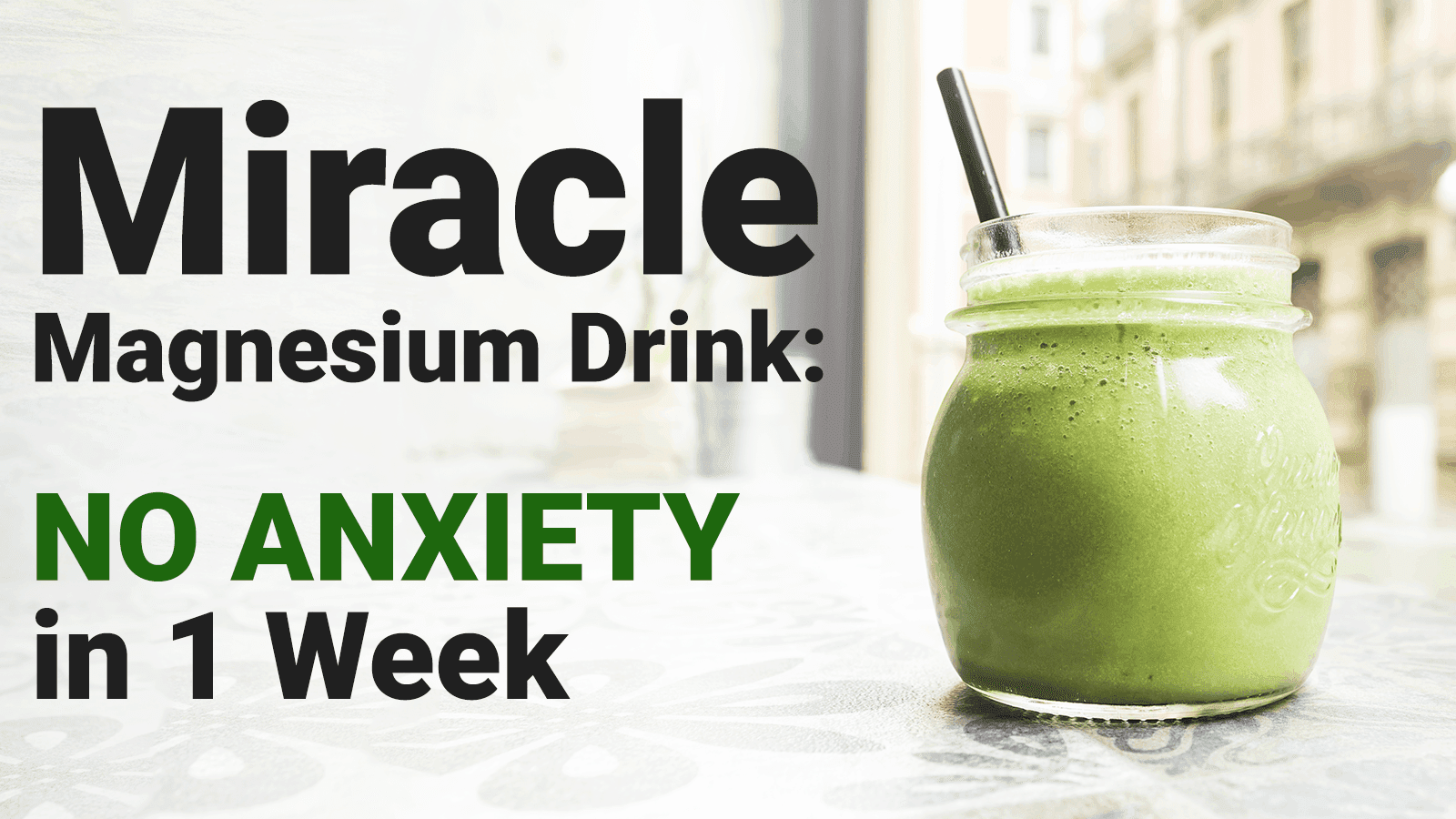A new study reveals that biofeedback can alleviate headache pain, reduce urinary and fecal incontinence, and help stroke recovery. A VA Portland Healthcare System and Oregon Health & Science University team performed the literature review.
The research appeared in the Journal of General Internal Medicine on Aug. 14, 2019. Dr. Karli Kondo of the VA Evidence Synthesis Program and OHSU, lead author of the study, says their research could aid advancements in biofeedback.
“We are encouraged by the positive findings and the additional findings of potential benefits for a wide range of conditions. Biofeedback is a low-risk, cost-effective intervention. We hope that this report will help to make biofeedback more widely available to veterans across the U.S., and that it will serve as a roadmap for future research in the field.”
Biofeedback involves using instruments to measure patients’ physiological responses, providing instant feedback. Showing patients how their bodies respond to pain can help them learn how to regulate these responses. Biofeedback doesn’t involve medication or invasive treatments and benefits patients with a low risk of side effects.
This mind-body technique measures muscle activity, heart rate, blood pressure, and brainwaves. Therapists often incorporate treatments to help patients learn how to alter maladaptive behaviors, emotions, and thoughts. For instance, using electromyography (EMG) to analyze which muscles tighten due to a health condition may help patients learn to control this response.
Biofeedback can help with a wide range of conditions and is increasingly being offered by therapists as a complementary or alternative treatment. For instance 2017, around 70 VA facilities reported offering some biofeedback in their treatment plans. However, since studies on this technique usually focus on only one condition, it’s not generally offered in primary treatment.
Biofeedback improves many conditions, including headaches.
 To conduct the research, Kondo and her colleagues formulated an “evidence map” to compile studies. Their search found many prior studies and systematic reviews on biofeedback. In total, they used 16 systematic reviews on this topic for their evidence.
To conduct the research, Kondo and her colleagues formulated an “evidence map” to compile studies. Their search found many prior studies and systematic reviews on biofeedback. In total, they used 16 systematic reviews on this topic for their evidence.
The review showed overwhelming evidence that biofeedback can alleviate headaches. Many measures have been used to reduce headaches, including EMG, blood pressure monitoring, and skin temperature. These techniques seem to reduce the duration, occurrence, and intensity of migraine and tension headaches specifically. However, the greatest improvement was in reducing the frequency of headaches.
Moderate-confidence evidence also showed that biofeedback could reduce secondary headaches like medication use, anxiety, depression, and muscle tension. Furthermore, strong evidence exists to prove that biofeedback can reduce urinary incontinence in men who’ve had their prostate removed. Therapists and doctors use EMG to help patients train their pelvic floor muscles. Adding biofeedback results in immediate and long-term improvements, even more than just incorporating muscle training.
What else can biofeedback help?
Additionally, the evidence map revealed that biofeedback might help with several other conditions, though most trials focused on headaches or urinary incontinence. EMG biofeedback can help with fecal incontinence in older men and women and young women who recently gave birth.
This technique also helps improve lower-limb activity in patients undergoing stroke recovery. Stroke therapy can include several types of biofeedback measures. Common ones include platforms to measure weight distribution for improving balance and sensors to analyze joints’ angles while walking. Also, therapists commonly use EMG to observe activity in the muscles.
The team uncovered studies on biofeedback used for other conditions in their research but found no evidence of its effectiveness. For instance, biofeedback didn’t appear to help women with urinary incontinence or high blood pressure management. However, little research has been done on these two conditions regarding biofeedback. Scant evidence also turned up for biofeedback used for bruxism, labor pain, and Reynaud’s disease.
The researchers say that their evidence map shows how biofeedback can help with many conditions. It also shows where research is lacking in several other conditions. They hope to do more research on balance and gait training, fibromyalgia, and intradialytic hypotension. This causes a decrease in blood pressure, leading to symptoms including nausea, dizziness, and anxiety.
Four other ways to improve headache pain
Since reducing headaches is one of the main benefits of biofeedback, we’ll also go over some other remedies for migraines.
1 – Make sure to drink enough water to prevent a headache
Many people suffer from chronic dehydration today, which can trigger headaches due to lack of oxygen. Make sure to bring a water bottle with you to work so you can stay hydrated.
2 – Get enough magnesium in your diet
The body requires certain minerals to function correctly. Magnesium can significantly help reduce the frequency and intensity of headaches. Scientists believe magnesium may help block signals in the brain, which results in migraines with an aura. This causes changes in vision and other senses.
Research shows that magnesium also stops the production of certain chemicals that cause pain. Finally, lower magnesium levels cause blood vessels in the brain to narrow, which can lead to migraine headaches. Studies show that 600 mg of magnesium can reduce the intensity and frequency of headaches.
3 – Avoid or limit alcohol consumption
Alcohol can cause frequent migraines or headaches because it leads to dehydration. Since alcohol causes increased urination, this throws off the balance of electrolytes in your body, possibly triggering headaches. Also, alcohol increases histamine in the body, leading to inflammation, which can worsen headaches.
Try to limit alcohol to one drink per day, or avoid it if it doesn’t agree with you.
4 – Get enough sleep to avoid a headache
Sleep deprivation can trigger headaches in some people. One study shows that people who sleep less than 6 hours per night have more frequent headaches. Make sure to get at least 7-8 hours per night for optimal health.
Final thoughts on using biofeedback to fix a headache
In conclusion, the evidence map shows the evidence already existing on biofeedback used to treat certain medical conditions. It also reveals what research is lacking, giving scientists areas to focus on in the future.
Editor’s note: 09/27/2023: Updated studies.






















